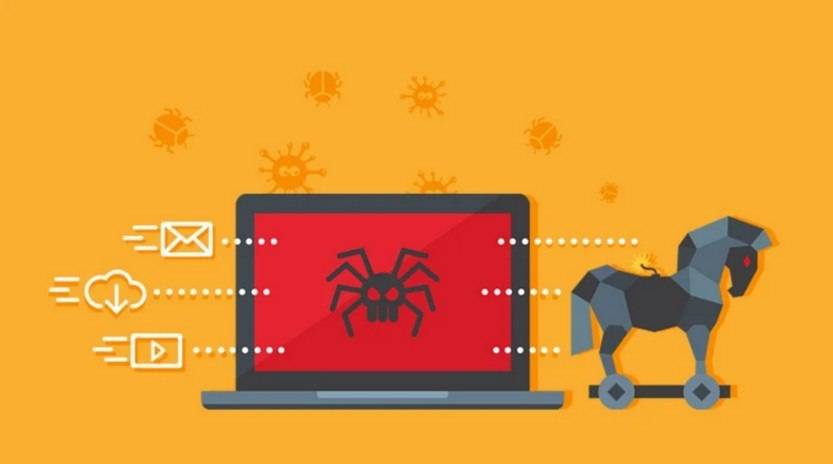Phishing scams have become increasingly sophisticated in recent years, with cybercriminals constantly finding new ways to trick unsuspecting individuals into revealing their personal information. One such scam that has been making the rounds is the ‘Last Warning’ email phishing scam, which preys on people’s fears and attempts to trick them into divulging their passwords. In this article, we will delve into what this scam is, how it works, what to do if you have fallen victim, and provide some technical details and statistics to support our points.

What is the ‘Last Warning’ Email Phishing Scam?
The ‘Last Warning’ email phishing scam is a type of cyber attack where scammers send out emails claiming to be from a reputable organization, such as a bank or an online service provider. The email typically contains a sense of urgency, warning the recipient that their account is at risk or has been compromised. The scammers then request that the recipient reply to the email with their username and password to verify their account or prevent further damage.
This type of scam relies on psychological manipulation, exploiting people’s fear of losing access to their accounts or having their personal information compromised. By creating a sense of urgency and using official-looking email templates, scammers hope to trick individuals into handing over their login credentials.
How Does the ‘Last Warning’ Email Phishing Scam Work?
The ‘Last Warning’ email phishing scam typically follows a specific pattern. Here is a step-by-step breakdown of how the scam works:
- The scammer sends out a mass email to a large number of recipients, posing as a trusted organization.
- The email contains a subject line that grabs the recipient’s attention, such as “Last Warning: Your Account is at Risk!”
- The body of the email usually includes official logos, branding, and formatting to make it appear legitimate.
- The email creates a sense of urgency, warning the recipient that their account has been compromised or is at risk.
- To resolve the issue, the email instructs the recipient to reply to the email with their username and password.
- Unsuspecting individuals who fall for the scam reply to the email with their login credentials, unknowingly handing them over to the scammers.
- The scammers then have access to the victim’s account and can use their login credentials for malicious purposes, such as identity theft or financial fraud.
What to Do If You Have Fallen Victim?
If you have fallen victim to the ‘Last Warning’ email phishing scam or any other phishing scam, it is crucial to take immediate action to protect yourself. Here are the steps you should follow:
- Change your passwords: As soon as you realize you have been scammed, change the passwords for all your online accounts, especially the one you provided to the scammers. Use strong, unique passwords for each account to minimize the risk of further compromise.
- Enable two-factor authentication: Set up two-factor authentication (2FA) for your accounts whenever possible. This adds an extra layer of security by requiring a second form of verification, such as a code sent to your mobile device, in addition to your password.
- Monitor your accounts: Keep a close eye on your bank accounts, credit cards, and other online accounts for any suspicious activity. Report any unauthorized transactions or changes immediately to the respective institutions.
- Report the scam: Forward the phishing email to the Anti-Phishing Working Group at reportphishing@apwg.org. This helps authorities track down the scammers and prevent them from targeting others.
- Scan for malware: Run a scan with Malwarebytes Free or another reputable antivirus software to check if your computer has been infected with malware. Some phishing scams may involve malicious attachments or links that can compromise your system.
Technical Details and Statistics
Phishing scams like the ‘Last Warning’ email phishing scam rely on social engineering techniques to deceive individuals. However, there are also technical aspects to these scams that are worth exploring.
One common technique used by scammers is email spoofing, where they manipulate the email headers to make it appear as if the email is coming from a legitimate source. This can make it difficult for recipients to identify the scam, as the email may appear to be from a trusted organization.
According to a report by the Anti-Phishing Working Group, there were over 220,000 unique phishing attacks reported in the first quarter of 2023 alone. This highlights the scale of the problem and the need for individuals to remain vigilant when it comes to email security.
Summary
The ‘Last Warning’ email phishing scam is a deceptive tactic used by cybercriminals to trick individuals into revealing their login credentials. By posing as a trusted organization and creating a sense of urgency, scammers attempt to exploit people’s fears and manipulate them into handing over their personal information.
If you receive an email claiming to be a ‘Last Warning’ or any other urgent message asking for your passwords, it is crucial to remain cautious. Remember that legitimate organizations will never ask you to provide sensitive information via email. Take the necessary steps to protect yourself, such as changing your passwords, enabling two-factor authentication, and reporting the scam.
By staying informed and adopting good security practices, you can protect yourself from falling victim to phishing scams and keep your personal information safe.










